 Abraham Lincoln
If given the truth, the people can be depended upon to meet any national crisis...
Abraham Lincoln
If given the truth, the people can be depended upon to meet any national crisis...
 Guildford news...
for Guildford people, brought to you by Guildford reporters - Guildford's own news service
Guildford news...
for Guildford people, brought to you by Guildford reporters - Guildford's own news service
Birdwatcher’s Diary No.153
Published on: 15 Jan, 2018
Updated on: 17 Jan, 2018
By Malcolm Fincham
The first two weeks of 2018 was certainly a challenge for me and my wildlife spotting, to say the least!
Weather conditions were far from good. A wet, windy start to the new year dampened my hopes of getting off to a good start.
I joined up with a small posse of friends on January 1, hoping to catch up with some of the rarer species that we had seen just a few days and weeks before. But to add those to our lists for 2018 proved harder than we thought.
First on our wish list was a trip to Wishmoor Bottom in Hampshire in the hope of sighting those parrot crossbills I had the fortune to see and photo there just a few weeks before.
Despite reports of them still in the area, my only sighting that morning was just two common crossbills flying overhead while surrounded by at least five Dartford warblers and a few stonechats, as we waited in vein.
Although the weather had improved by the afternoon our fortunes hadn’t. Attempts that day of sighting a lesser spotted woodpecker left us with just a great spotted.
And attempts of a great grey shrike on Thursley Common also came to nowt.
“Perhaps, maybe I’m not meant for this type of birdwatching?” I recall murmuring to myself on a number of occasions. The lesson to learn, however, is never get too hung up if a targeted species decides not to show. It’s not a competition, just a bit of fun to tempt me out. Luck will come my way when it’s meant to.
It wasn’t until January 7 that the first opportunity came to get a decent day’s outing for birdwatching. Unfortunately, in spite of a day of glorious sunshine, the elements remained against me on a trip to Farlington Marshes in Hampshire with keen birdwatching pals Bob, Dougal and John.
This time it was a strong, cold easterly wind that was a hampering challenge, especially for my photography. Barely able to stand upright at times and eyes watering as I attempted to line up my lens to take my shots was certainly in question.
Especially ones of the dozen or so bearded tits as they weaved back and forth within the reed mace on the main lagoon there.
A small group of them could also be seen feeding on the ground in front of the reeds on the far side of the lagoon, although too distant to photo.
The usual contingent of well over 1,000 wintering brent geese could be viewed in and around the reserve.
While out on the field some distance away, we also picked out a group of over 50 wintering barnacle geese, which were joined by a flock of brents.
By chance, three barnacle geese flew overhead to join the rest, allowing me a few closer shots.
Closer to view in the fields were several stonechats.
Two skylarks could be seen across the field.
And a few lapwings flew around the grassland, calling.
While a rock pipit sat close to view on the sea wall.
Around the pools were the usual wintering shovellers and wigeons.
Looking out in the harbour were various waders including:
A few dunlins.
Both grey and ringed plovers.
A few distant shelducks also added to my year’s sightings.
And even further away out on the water was a group of red breasted mergansers, also a welcomed addition to my tally.
As the tide began to rise, more than 30 avocets appeared from nowhere and settled on the incoming flow of water in Langstone Harbour.
By the time we had arrived back at the main lagoon, several could be seen flying in to settle there.
Adding to our year list, five pintail ducks could be viewed on the lagoon.
Ending the day, a very pale plumaged common buzzard flew into roost, perching up in a tree near by and not bothered by our presence.
Locally (in the Guildford area) in spite of the weather remaining dull, grey and overcast during the most part of the first two weeks of the new year, my photographic challenges did include a group of Egyptian geese.
As well as two greylag geese alongside a Canada goose.
And even a Canada goose with some kind of hybrid companion.

Little egret takes up its usual position, working its way into the six-yard box at Shalford Park. Surely he must be offside!
A lone little egret continued to take up a position in the penalty area on the main football pitch at Shalford Park. Some controversy had arisen on Twitter whether he was playing the role of a striker or defender?
In my bias view, he was definitely playing a forward roll and had most certainly strayed offside!
As always, I was delighted to see a good number of tree creepers at close quarters around the Surrey countryside and admire their subtle camouflaged colours as they worked their way up tree bark, seeking out insects with their probing, needle-like beaks.
Blue tits had now mostly taken to getting “easy” meals on garden feeders.
Joined in some gardens by coal tits.
And even noticing a few marsh tits in some rural areas.
A charm of goldfinches, however, could still be seen finding teasel seeds to feed on.
Redwings were seen varying their diets from day to day. Sometimes seen feeding on worms in fields.
Choosing ivy berries on some occasions.
Though still finding a few red berries to feed upon.
A brief interlude of sunshine on January 10 brought in a local report of a blackbird singing in the Guildford area. A first since they fell into their usual silence from song during the last week of July.
Nuthatches along with a number of other birds were briefly inspired into voice by the fleeting pleasant, interlude of weather.
Even a few woodpeckers could be heard drumming.
Although still a little early for most native birds to start breeding, local kestrels were already starting to show signs by their interaction with each other.
For a pair of non-indigenous black swans I saw locally on January 6, it was a different story. Native to the Southern Hemisphere they were obviously confused, thinking it should be summer.
I had seen them with young cygnets a few years ago and recalled the account I made at the time.
Renown for being quite an aggressive bird, especially when rearing young, they certainly made short work chasing off a mute swan that had strayed too close to their cygnets.
I ended the second week of January with a hike up into the hills, hunting for hawfinches. The large influx of them that arrived in the UK in the last months of 2017 continued to be regularly reported around rural parts of Surrey.
One of the areas they had been regularly seen were the hills between West Clandon and Newlands Corner.
In the company of Bob and Dougal we ventured along the tree-lined ridge looking for our latest targeted species.
First, a group of six hawfinches appeared briefly. Dispersing but still within view, they nibbled on the buds at the tops of the surrounding trees, giving good views despite it being a drab and overcast day. Counting at least eight and even managing to get a few photos before they moved on.
The luck we had been lacking at the start of the month had finally come our way, although not by a lack of effort.

See Dragon story: GBC’s Explanation of Major Land Sale Notice Error ‘Borders on Arrogant’ Says Councillor







Recent Articles
- Woking Wipeout for Conservative Councillors
- City and Manager ‘Part Company’ After Slide in Results
- PCC Election Result – Conservative Lisa Townsend Retains Commissioner Role
- Letter: It’s a Sad State of Affairs
- Times Rankings Showing GBC To Be Worst Council in Surrey Dismissed by Lib Dems
- Birdwatcher’s Diary No.303
- Letter: What a Scoop!
- Filmfest – a Festival of German Films
- Letter: Help Abroad Should Not Be to the Detriment of Those Here
- Armed Police Deployed After Fight at Ash Vale Pub – Four Arrested


Search in Site
Media Gallery
Dragon Interview: Local Artist Leaves Her Mark At One of England’s Most Historic Buildings
January 21, 2023 / No Comment / Read MoreDragon Interview: Lib Dem Planning Chair: ‘Current Policy Doesn’t Work for Local People’
January 19, 2023 / No Comment / Read MoreA3 Tunnel in Guildford ‘Necessary’ for New Homes, Says Guildford’s MP
January 10, 2023 / No Comment / Read More‘Madness’ for London Road Scheme to Go Ahead Against ‘Huge Opposition’, Says SCC Leader
January 6, 2023 / No Comment / Read MoreCouncillor’s Son Starts Campaign for More Consultation on North Street Plan
December 30, 2022 / No Comment / Read MoreCounty Council Climbs Down Over London Road Works – Further ‘Engagement’ Period Announced
December 14, 2022 / No Comment / Read MoreDragon Interview: GBC Reaction to the Government’s Expected Decision to Relax Housing Targets
December 7, 2022 / No Comment / Read MoreHow Can Our Town Centre Businesses Recover? Watch the Shop Front Debate
May 18, 2020 / No Comment / Read More



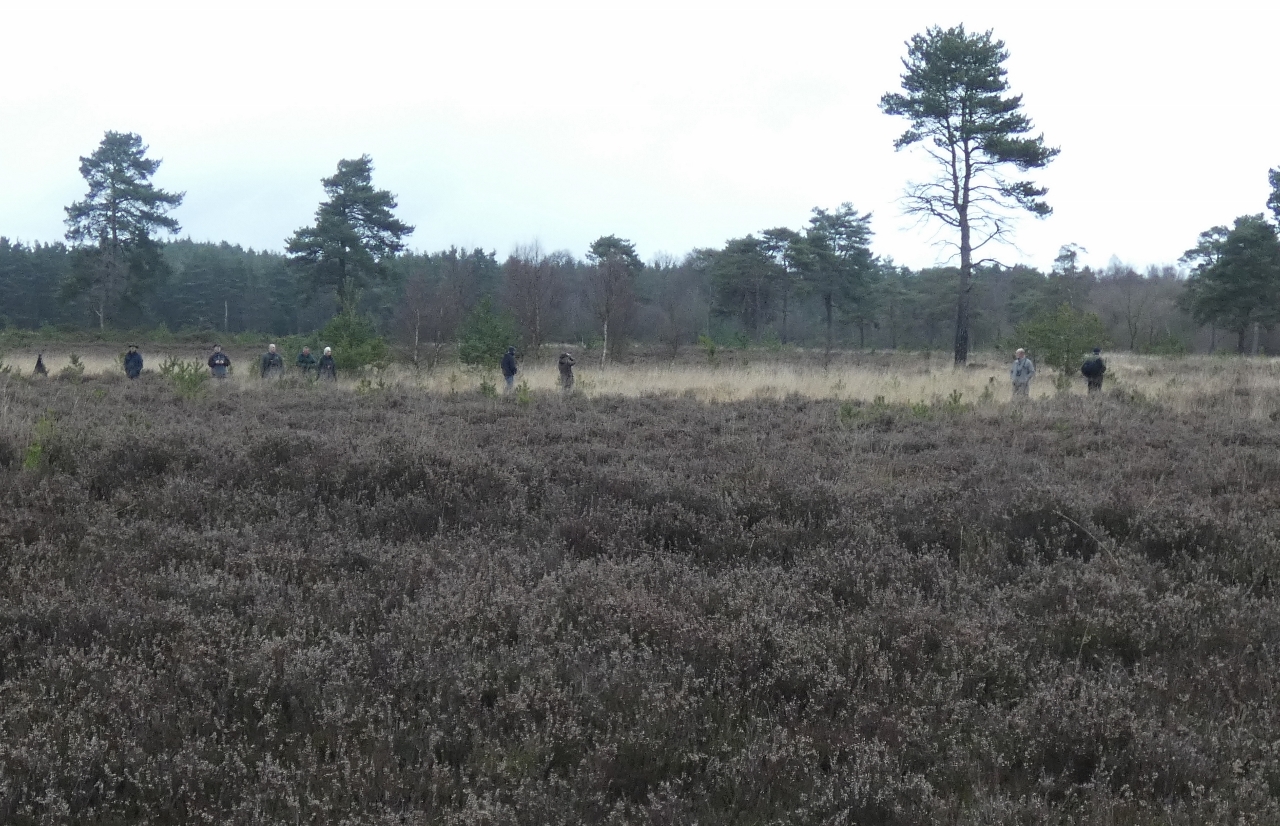
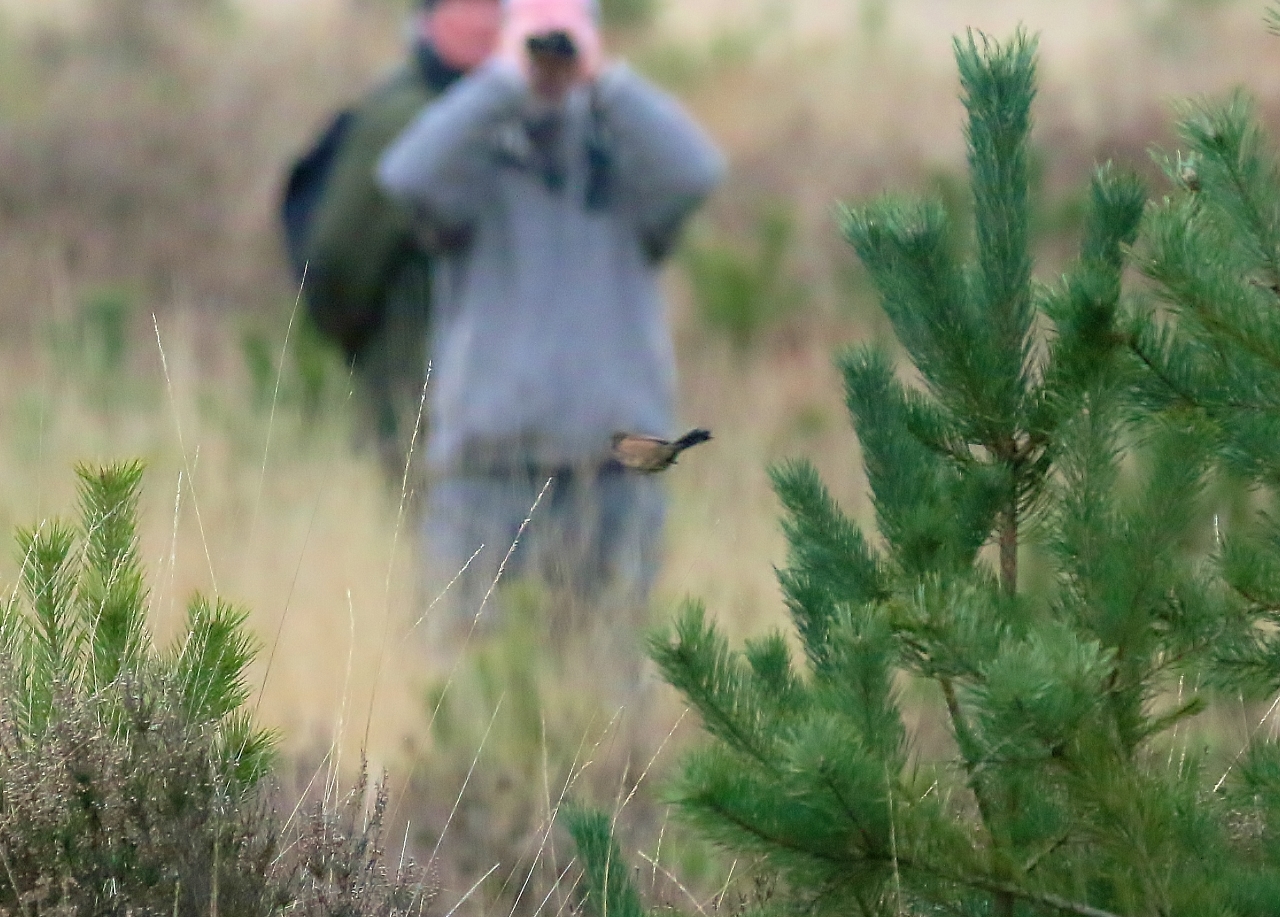
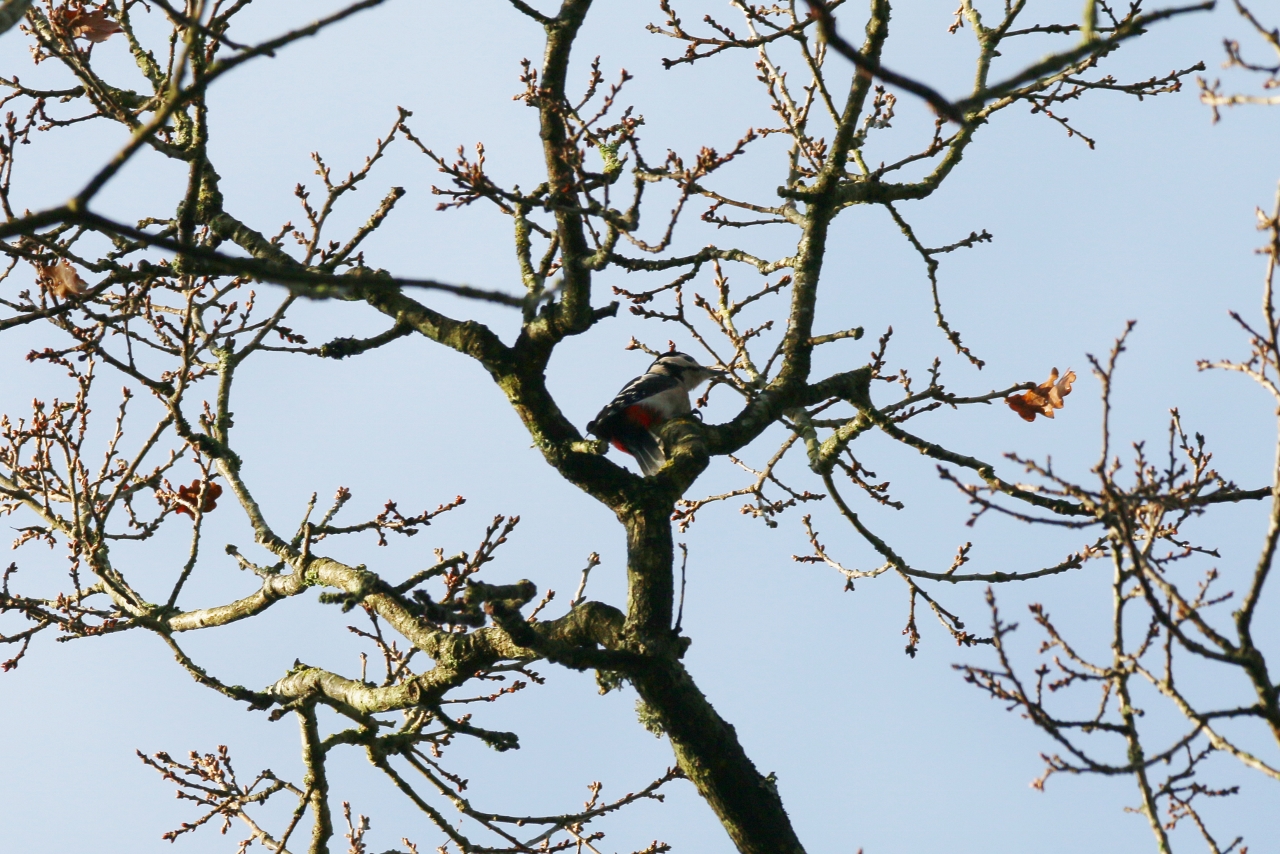

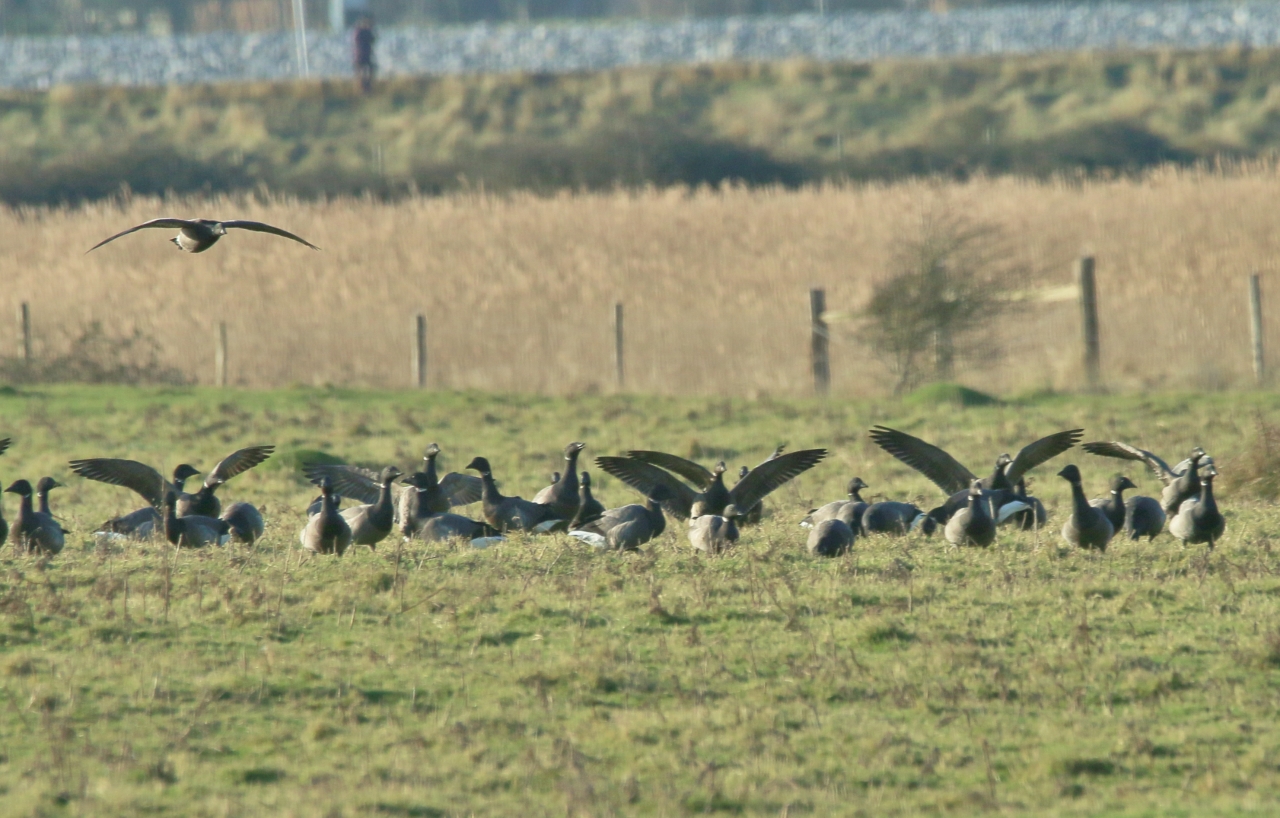
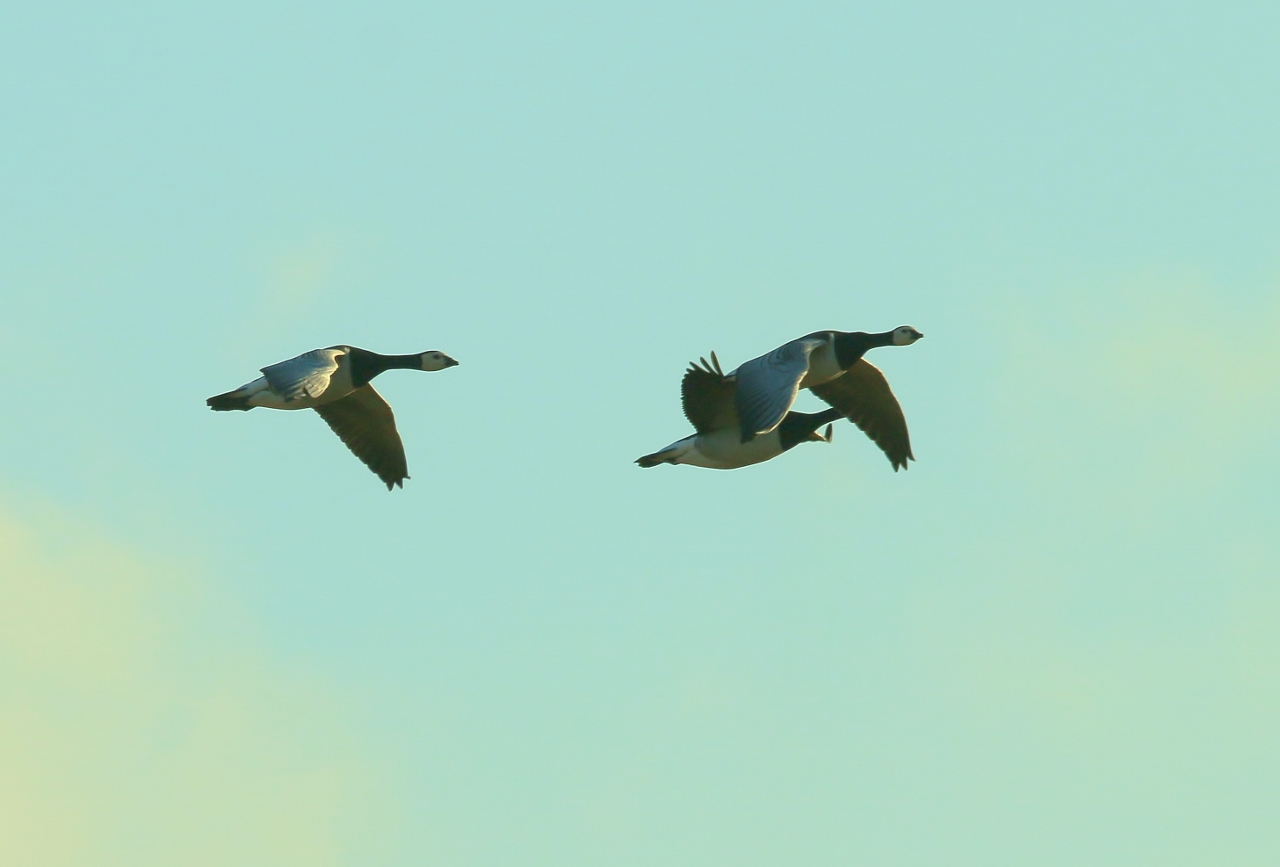
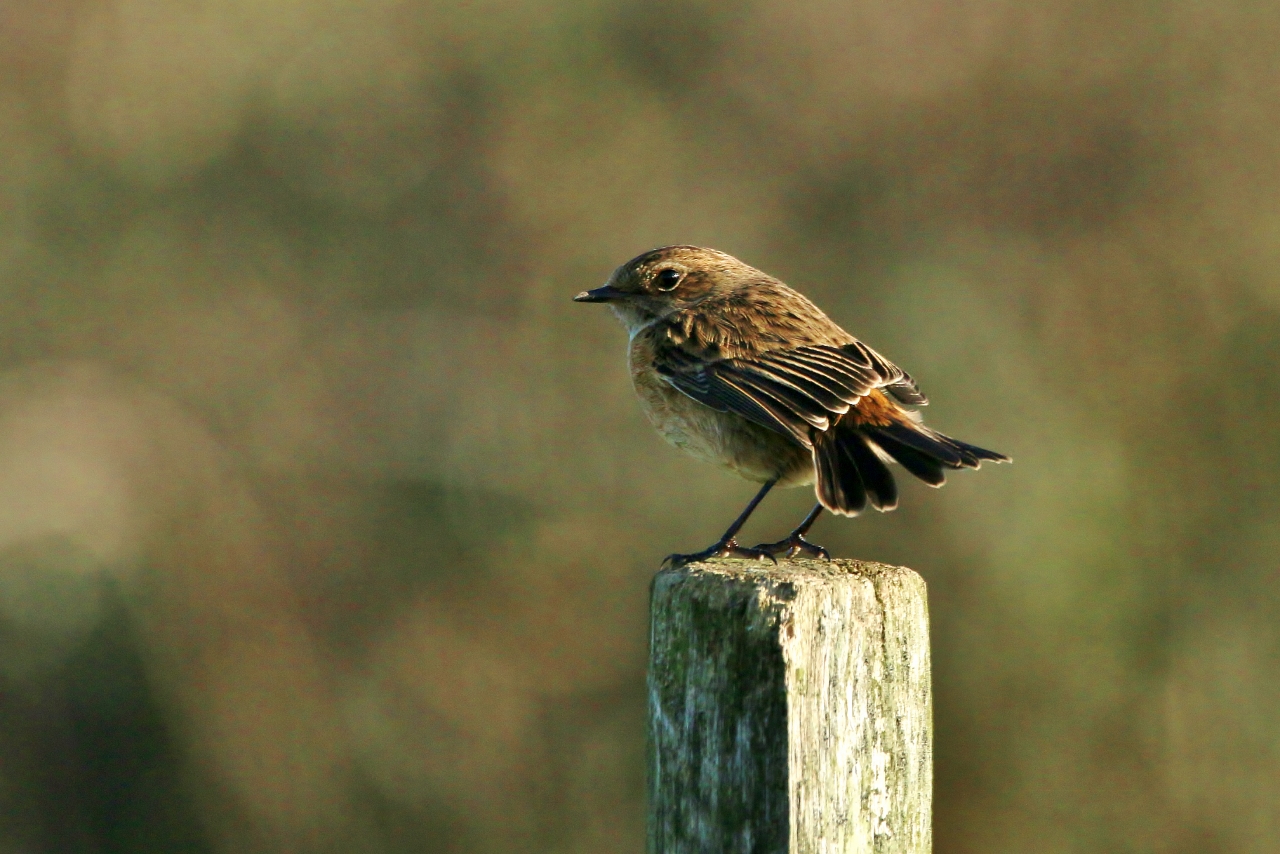

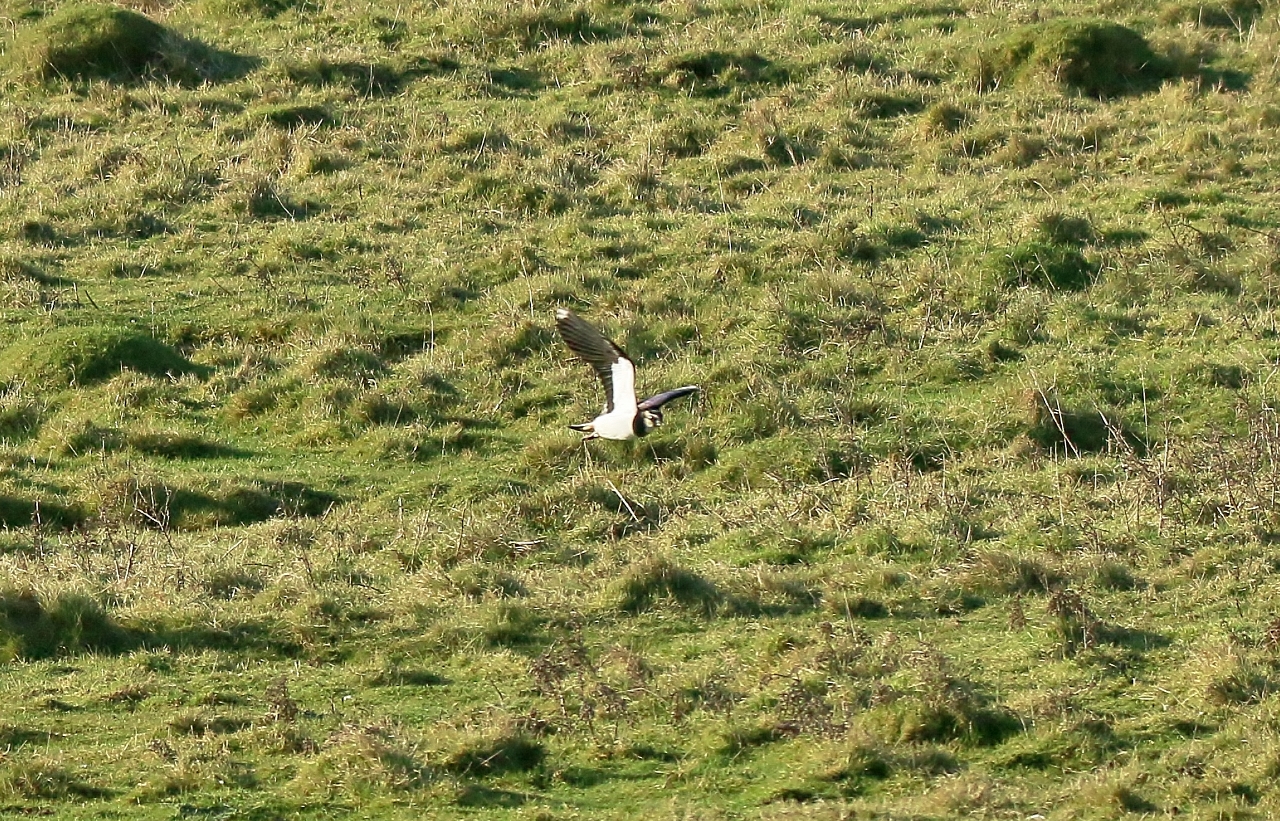
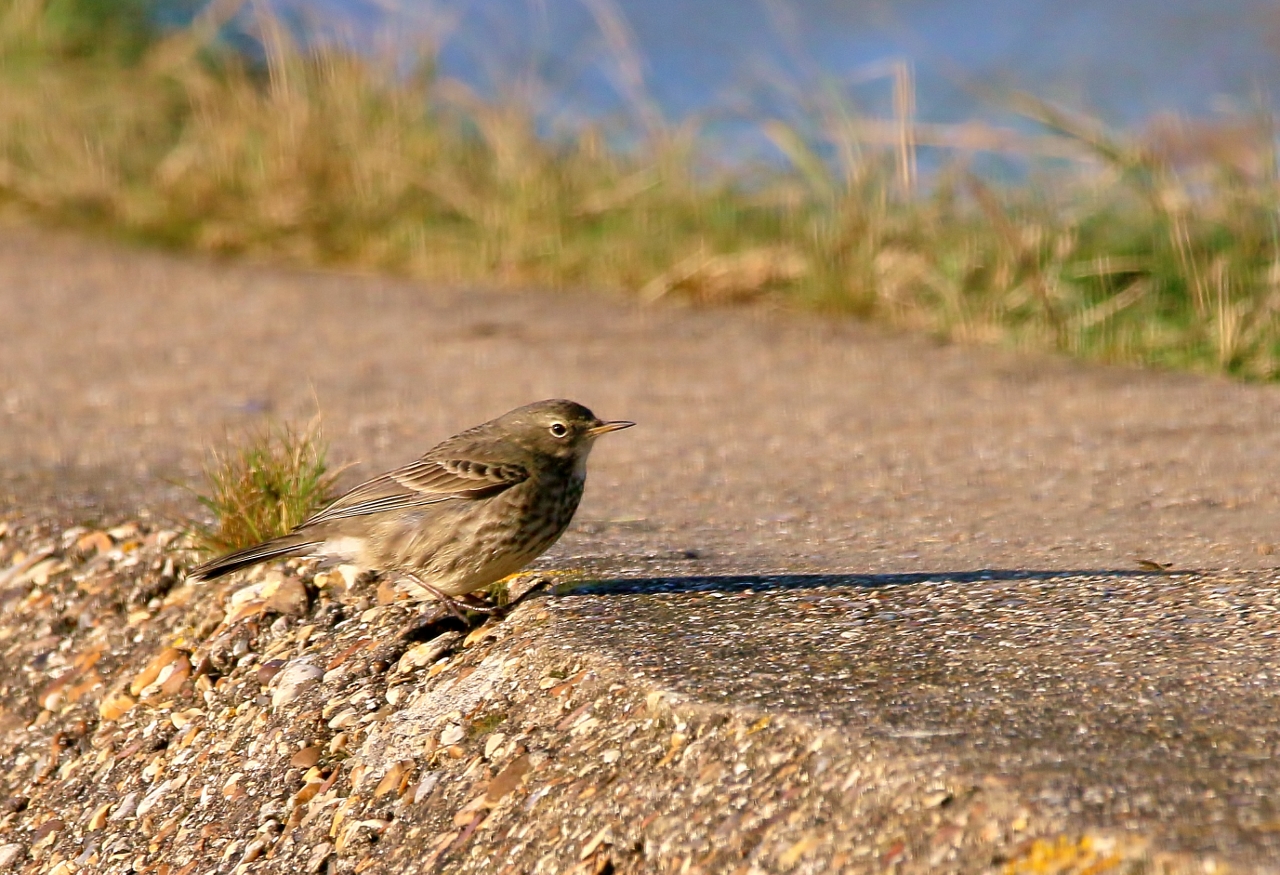

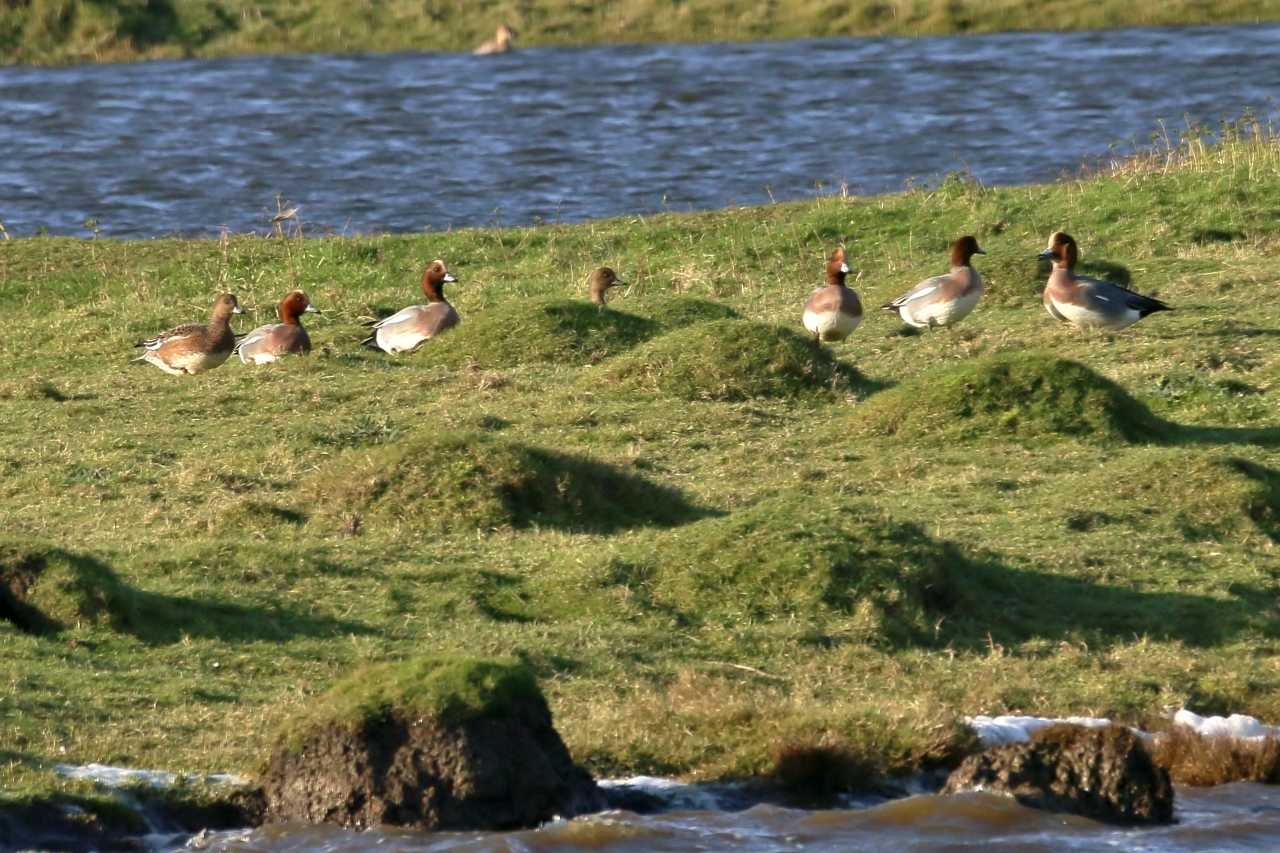
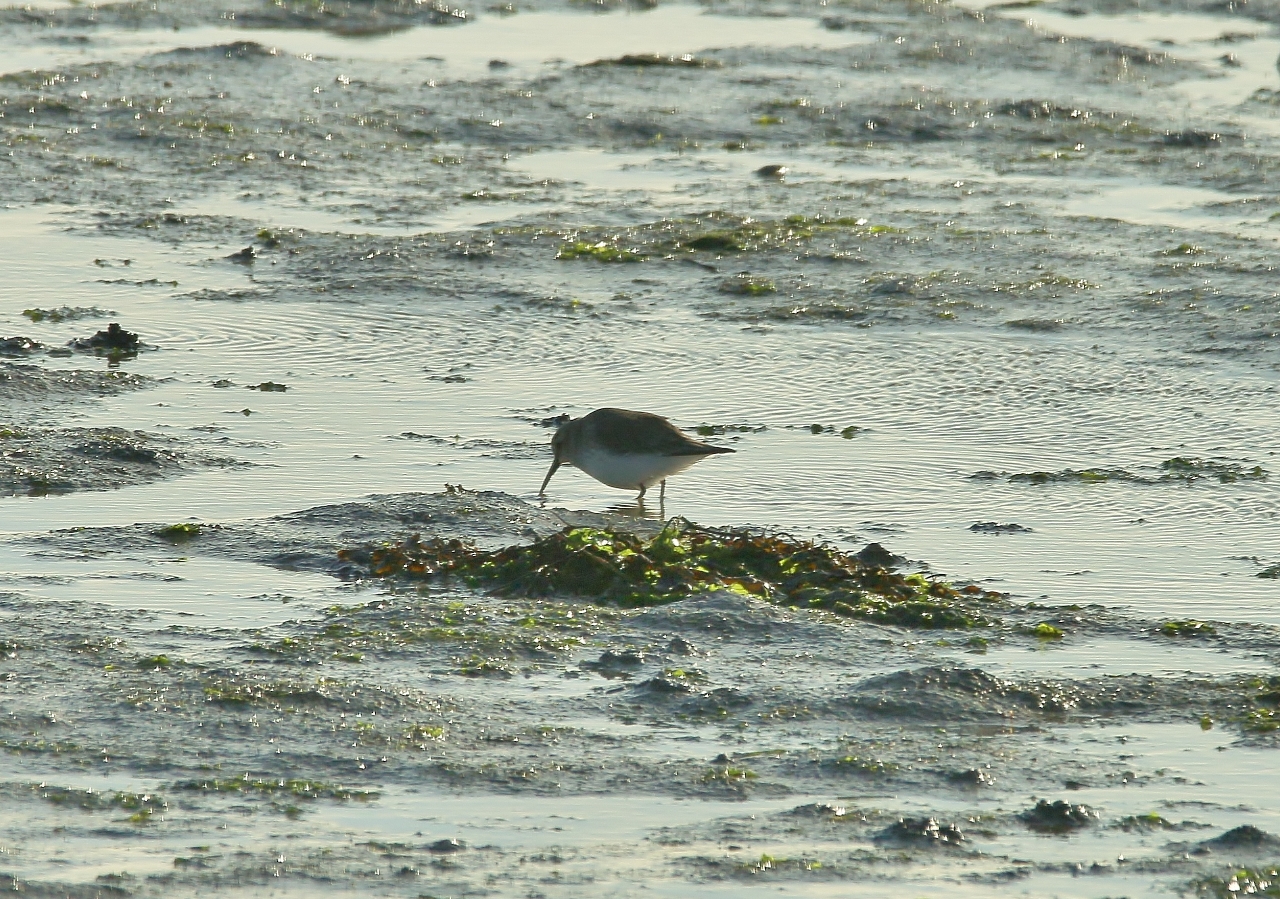
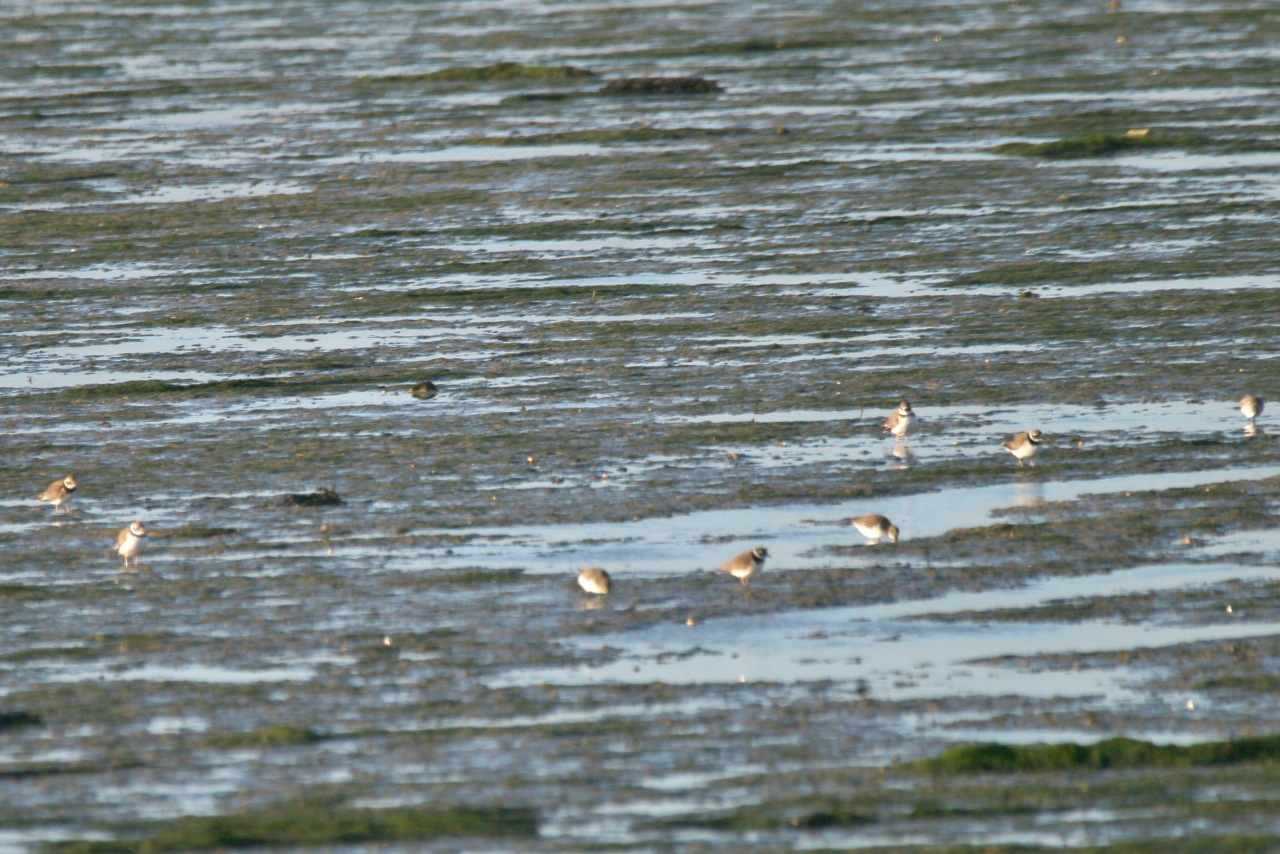
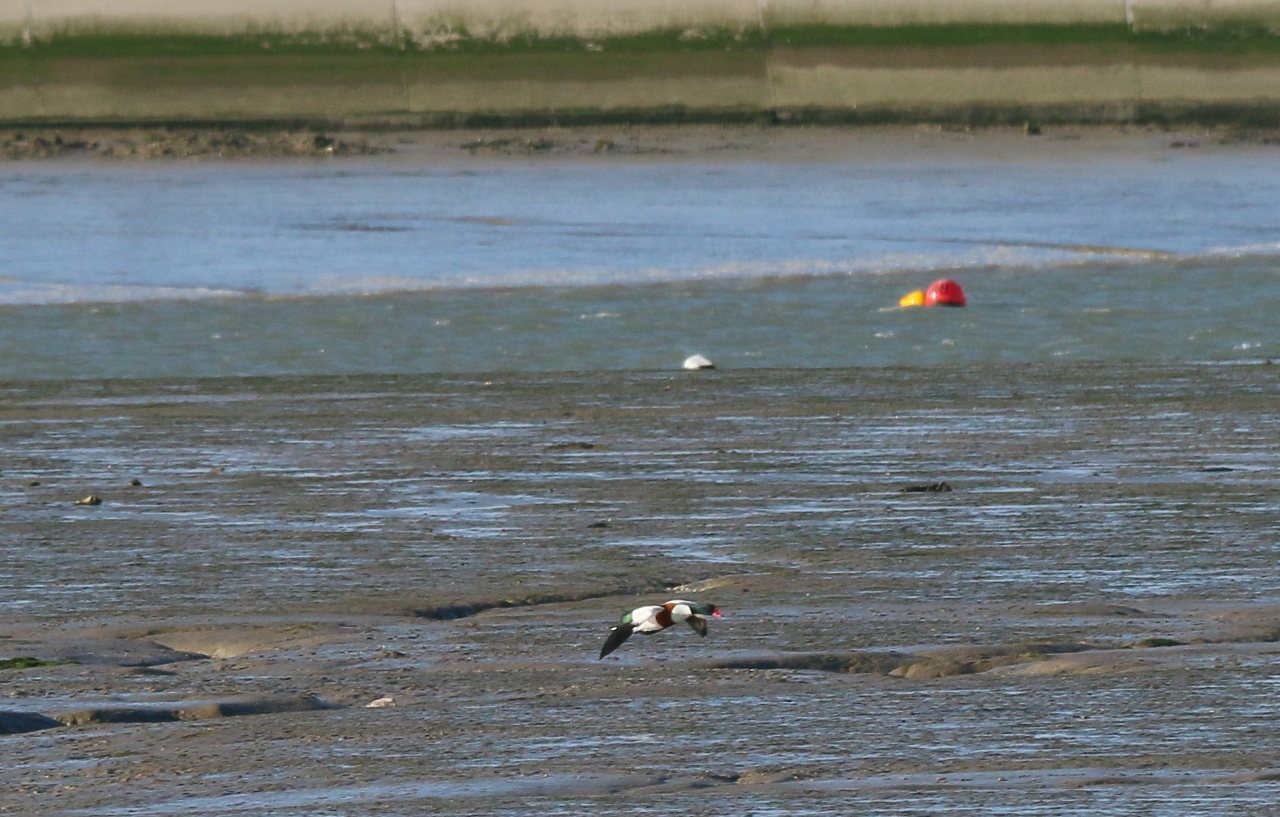
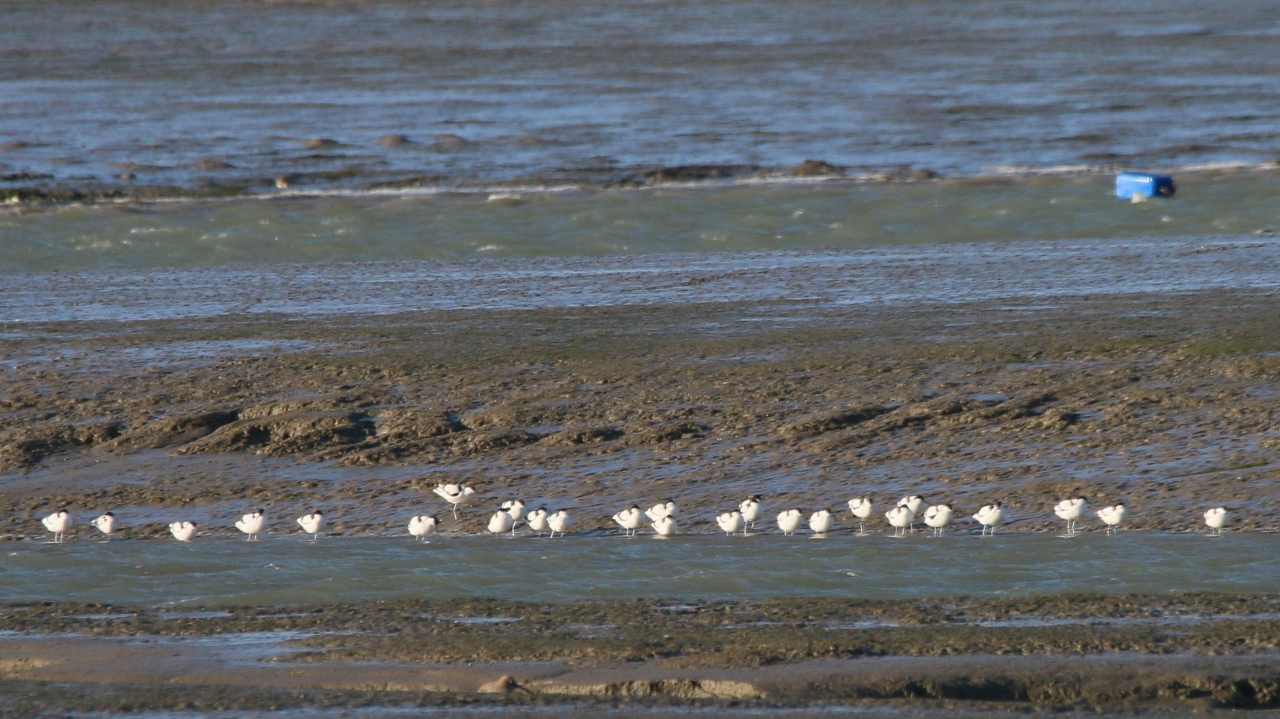

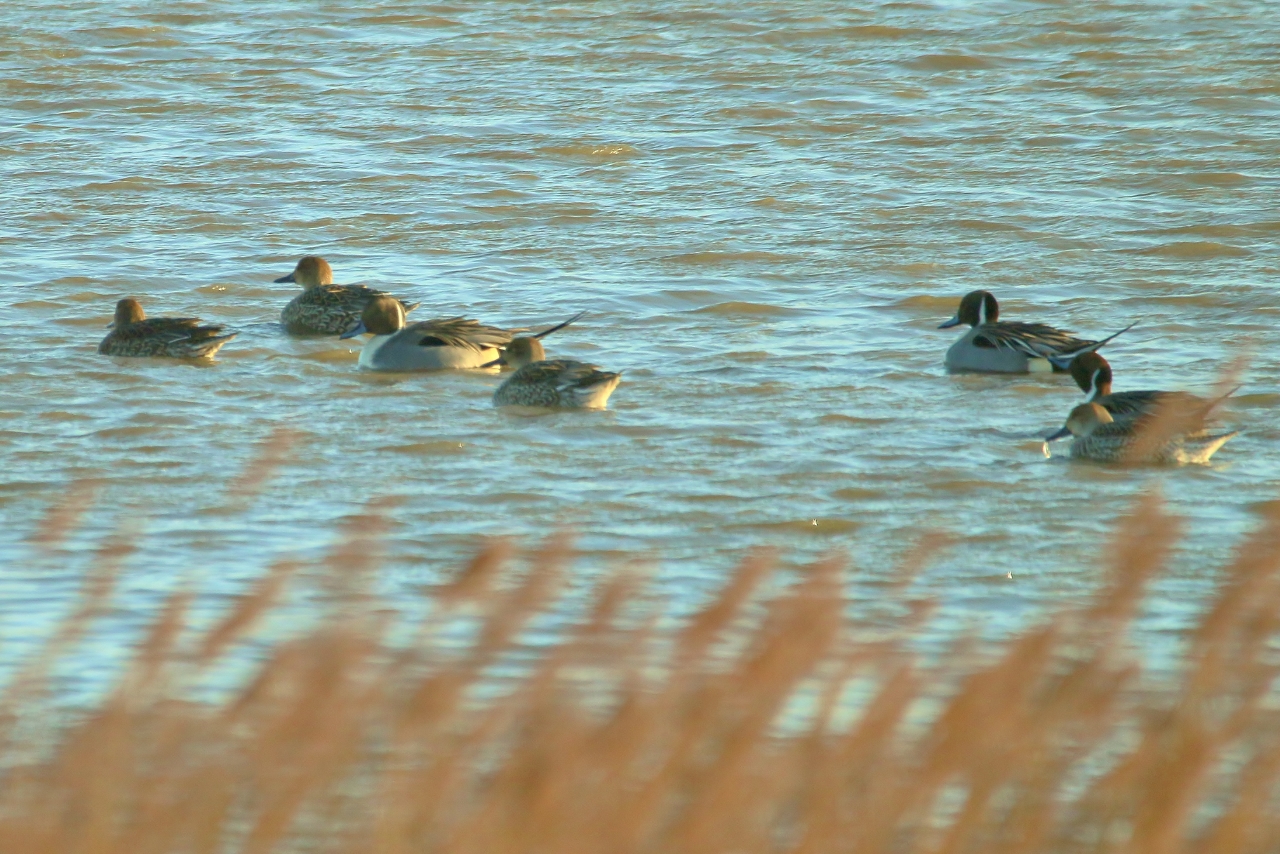
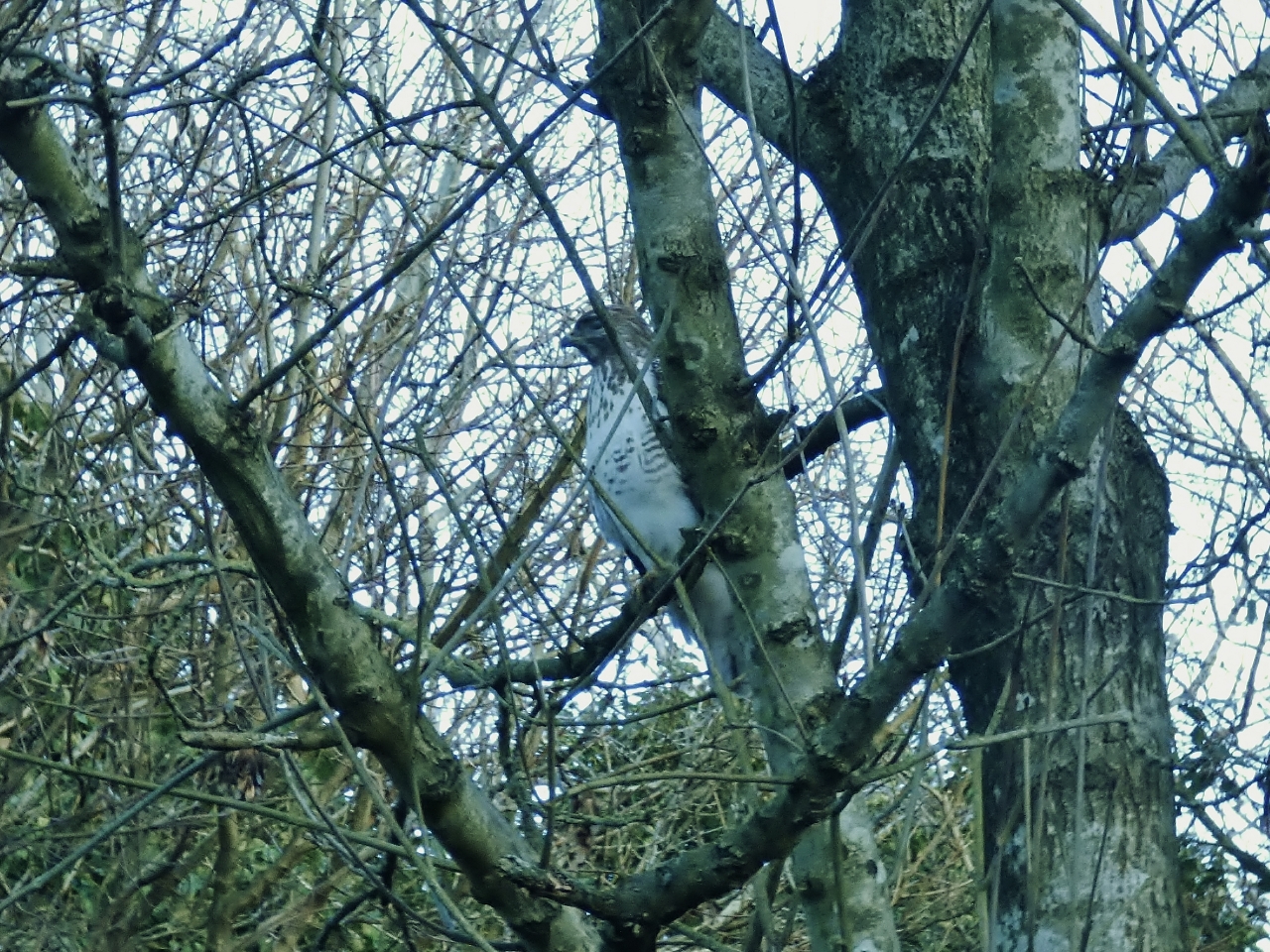



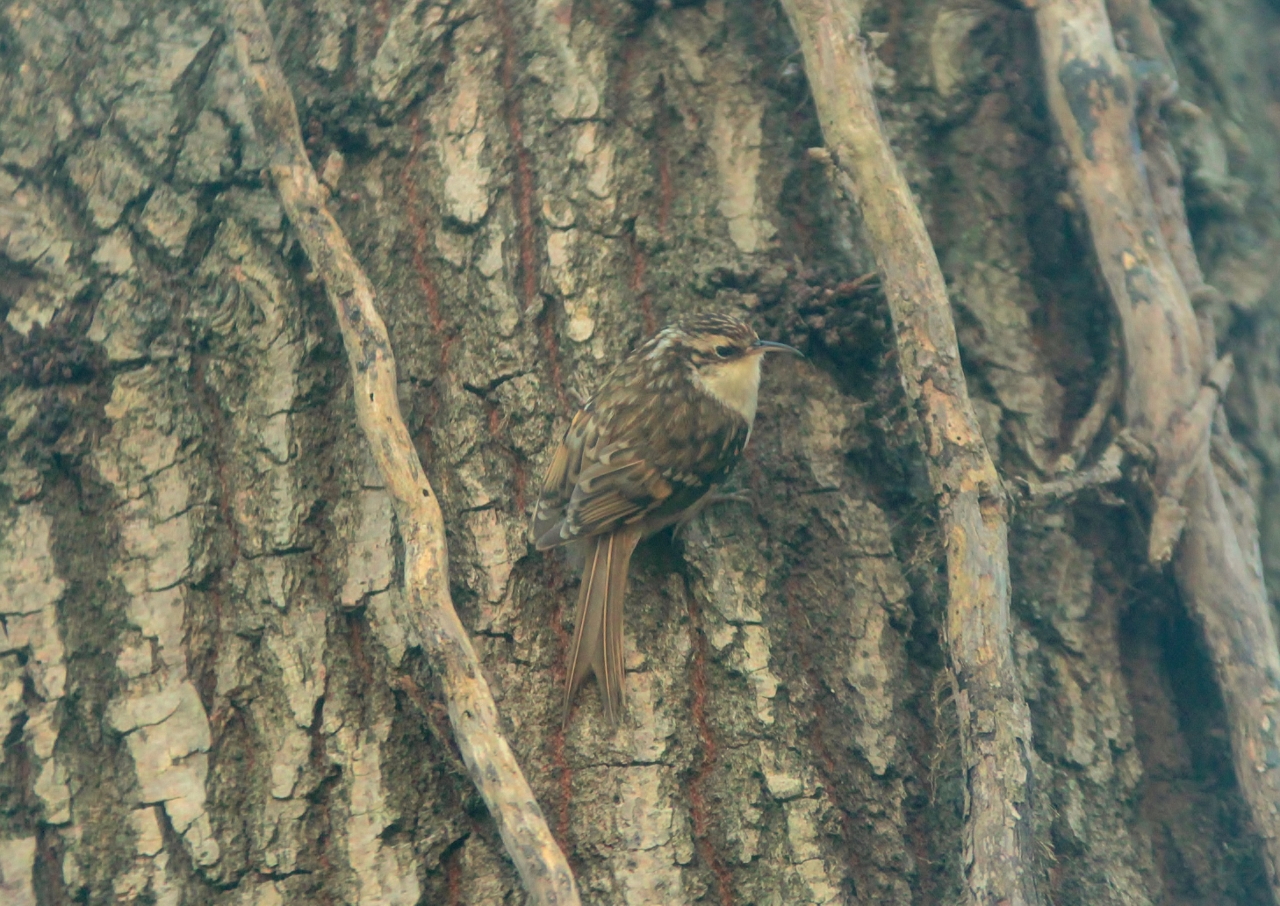
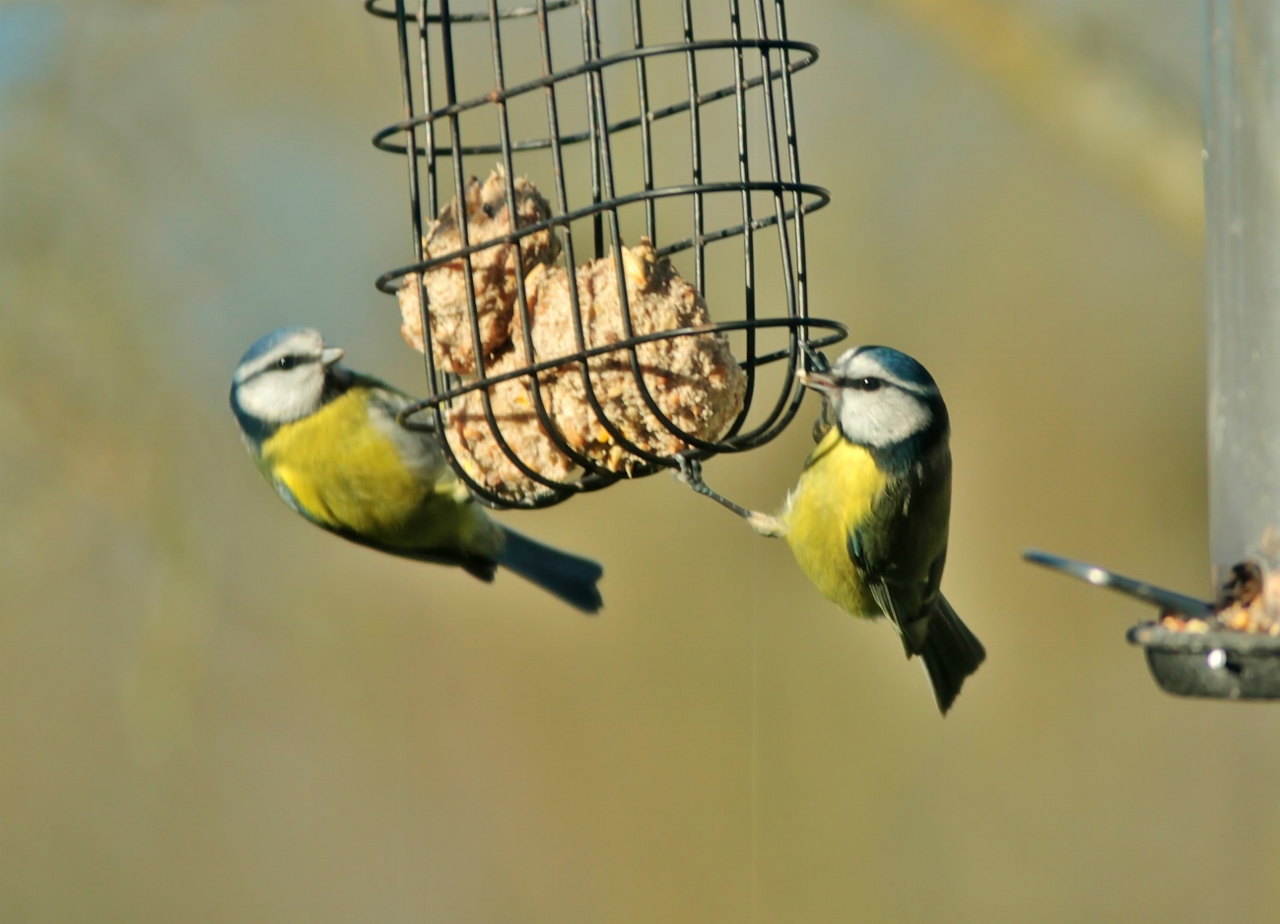
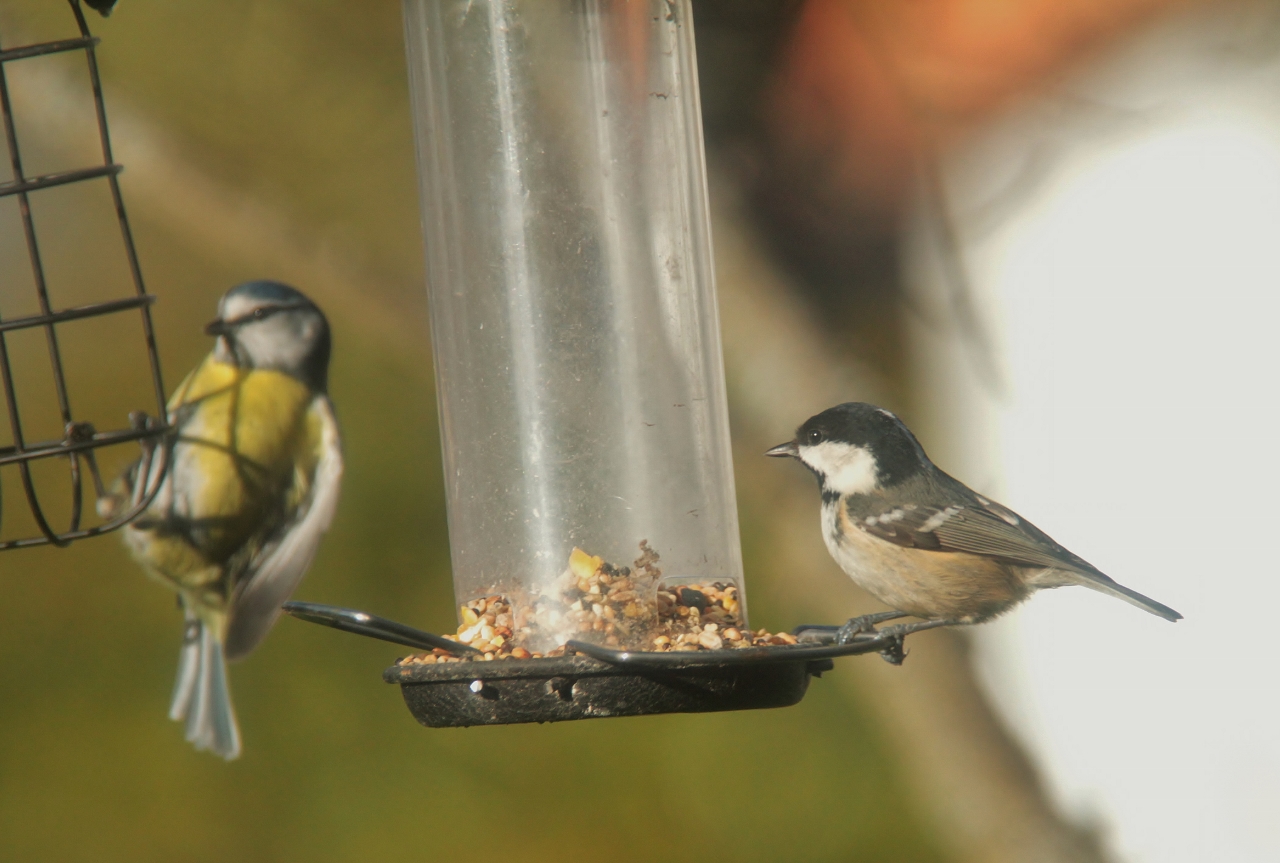

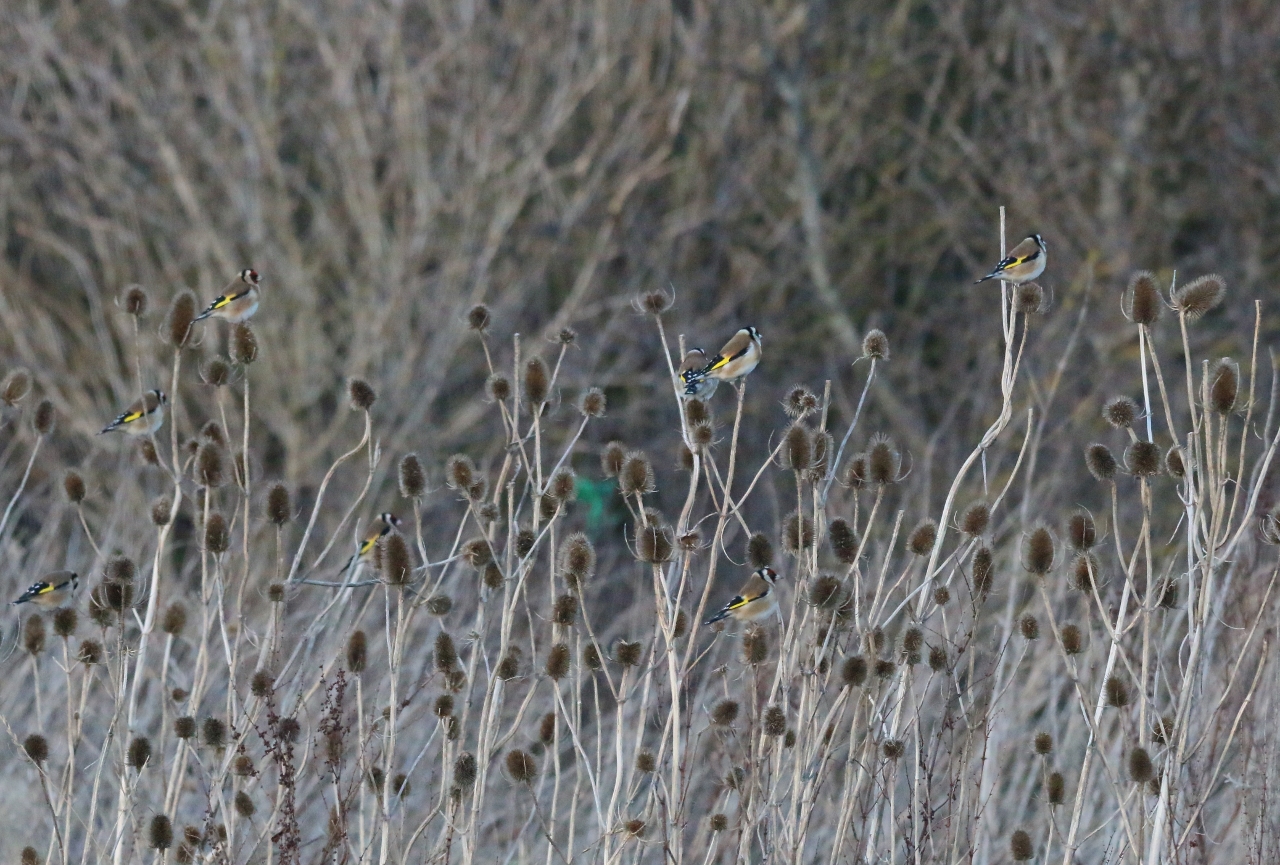
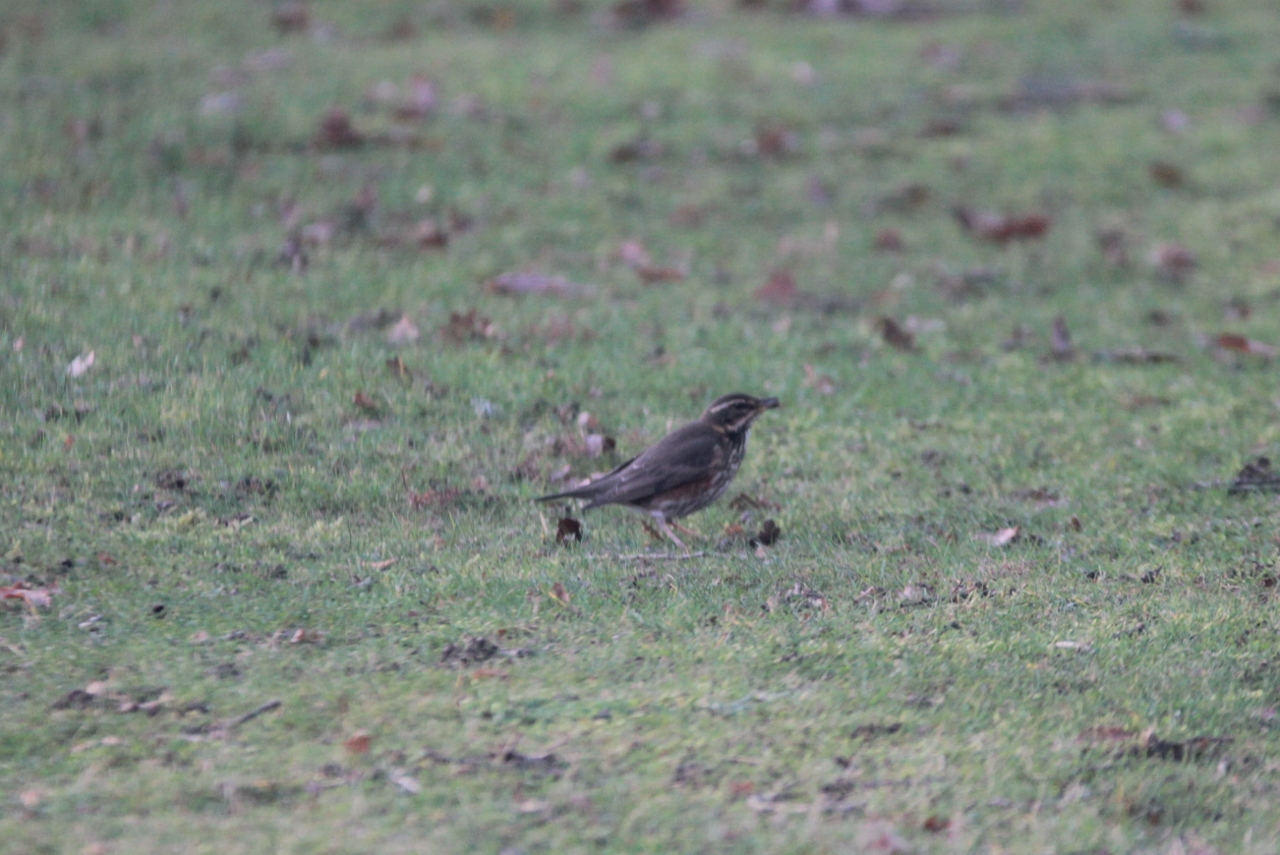


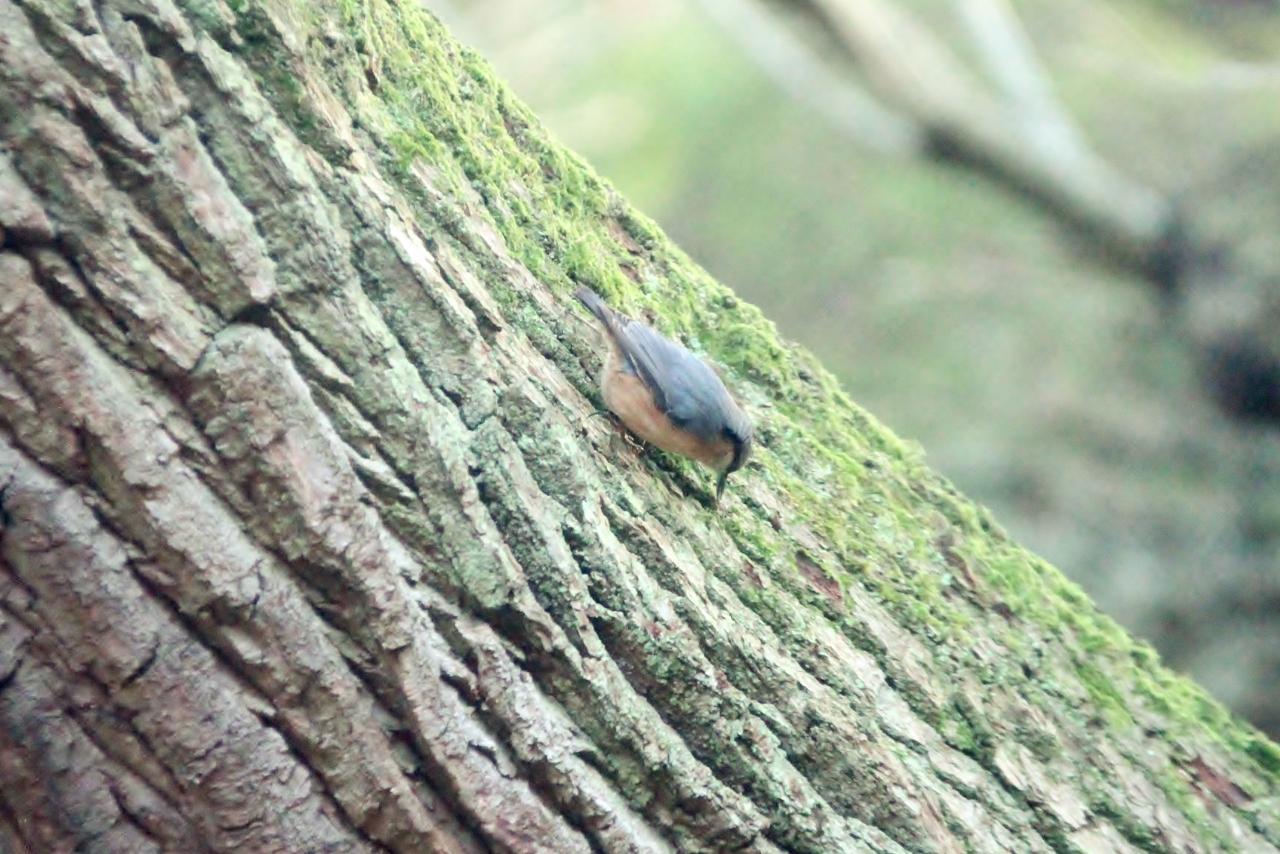
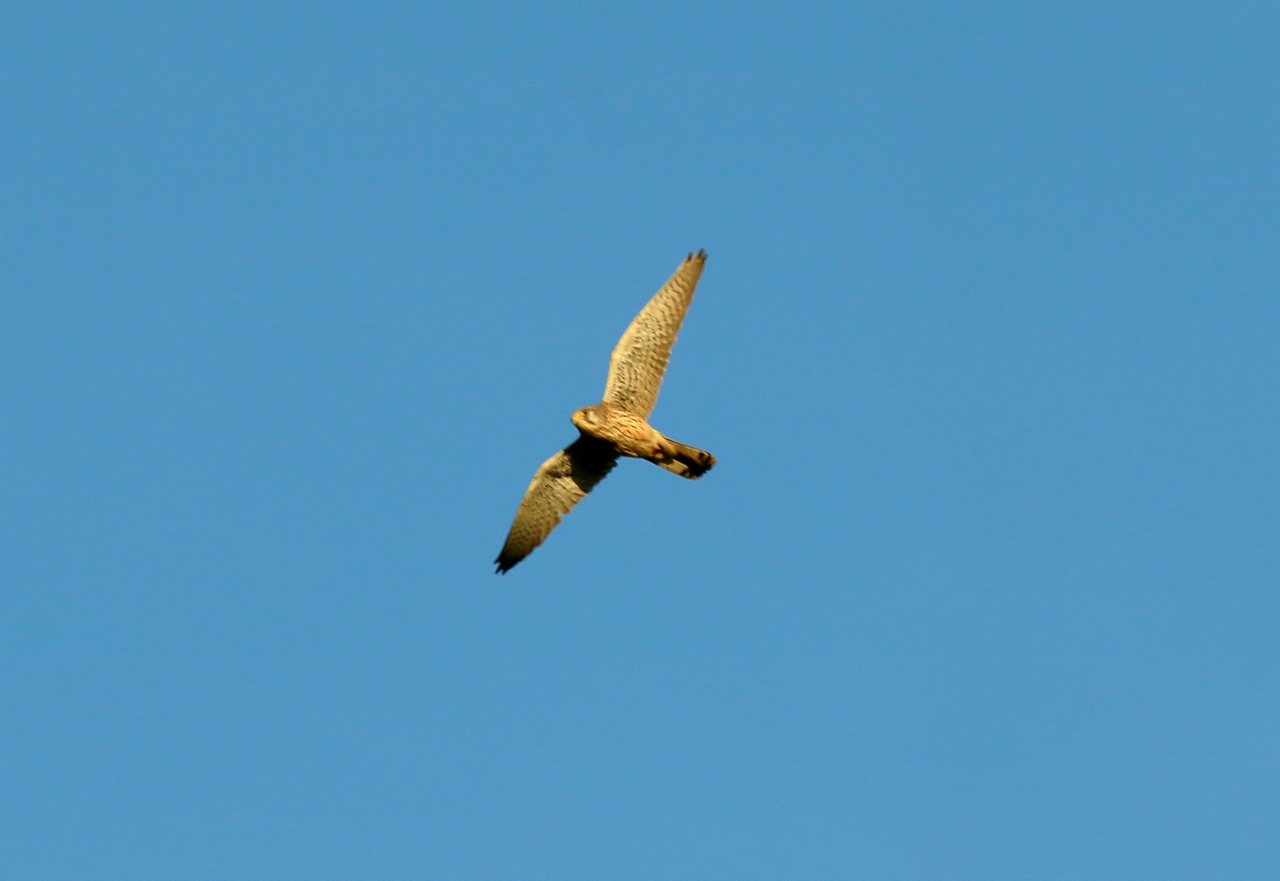

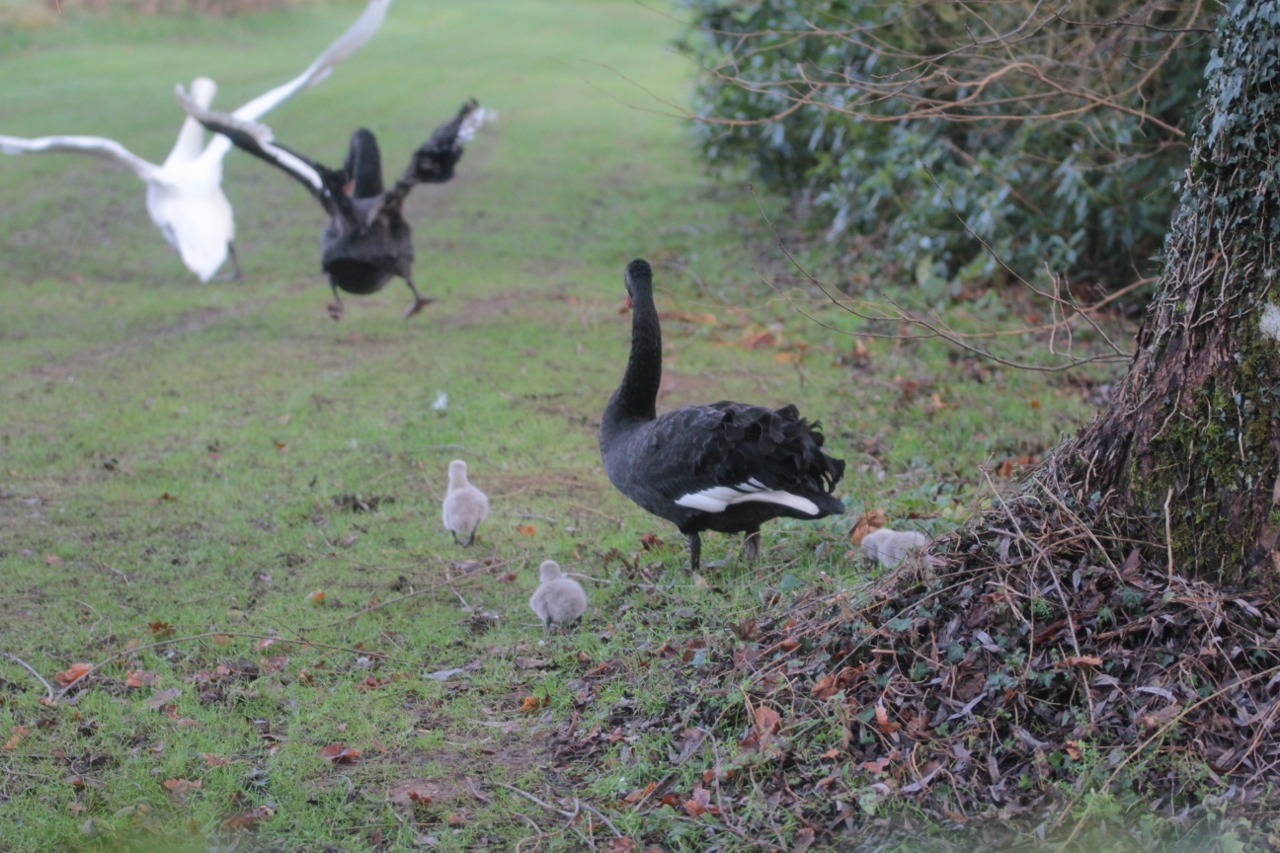
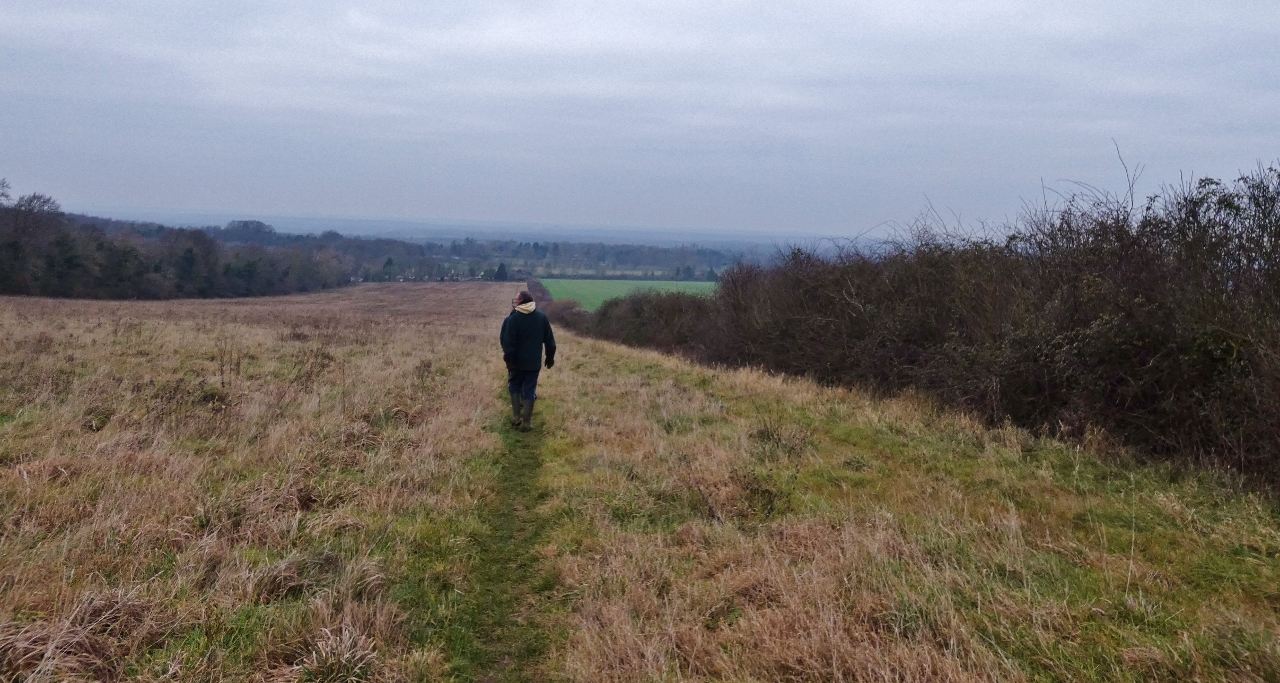
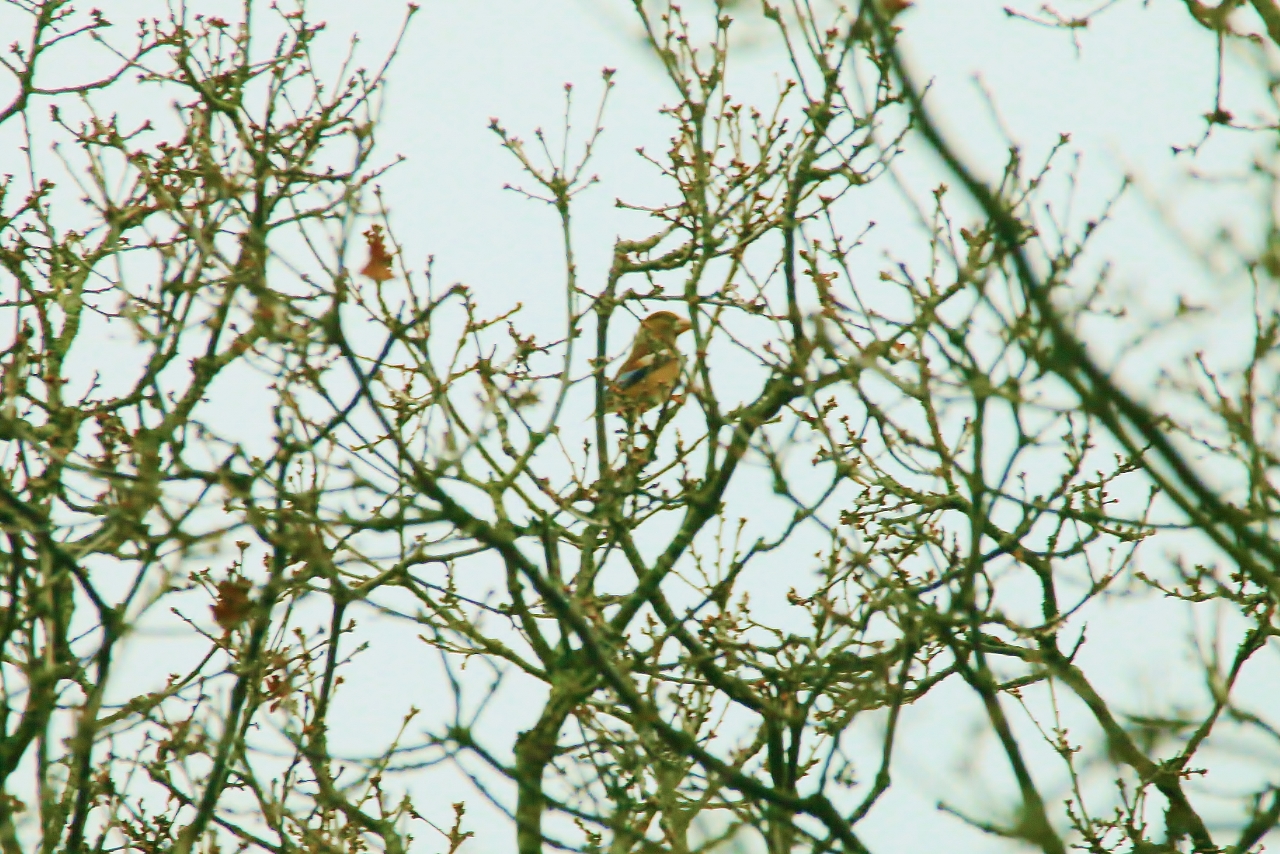



Recent Comments